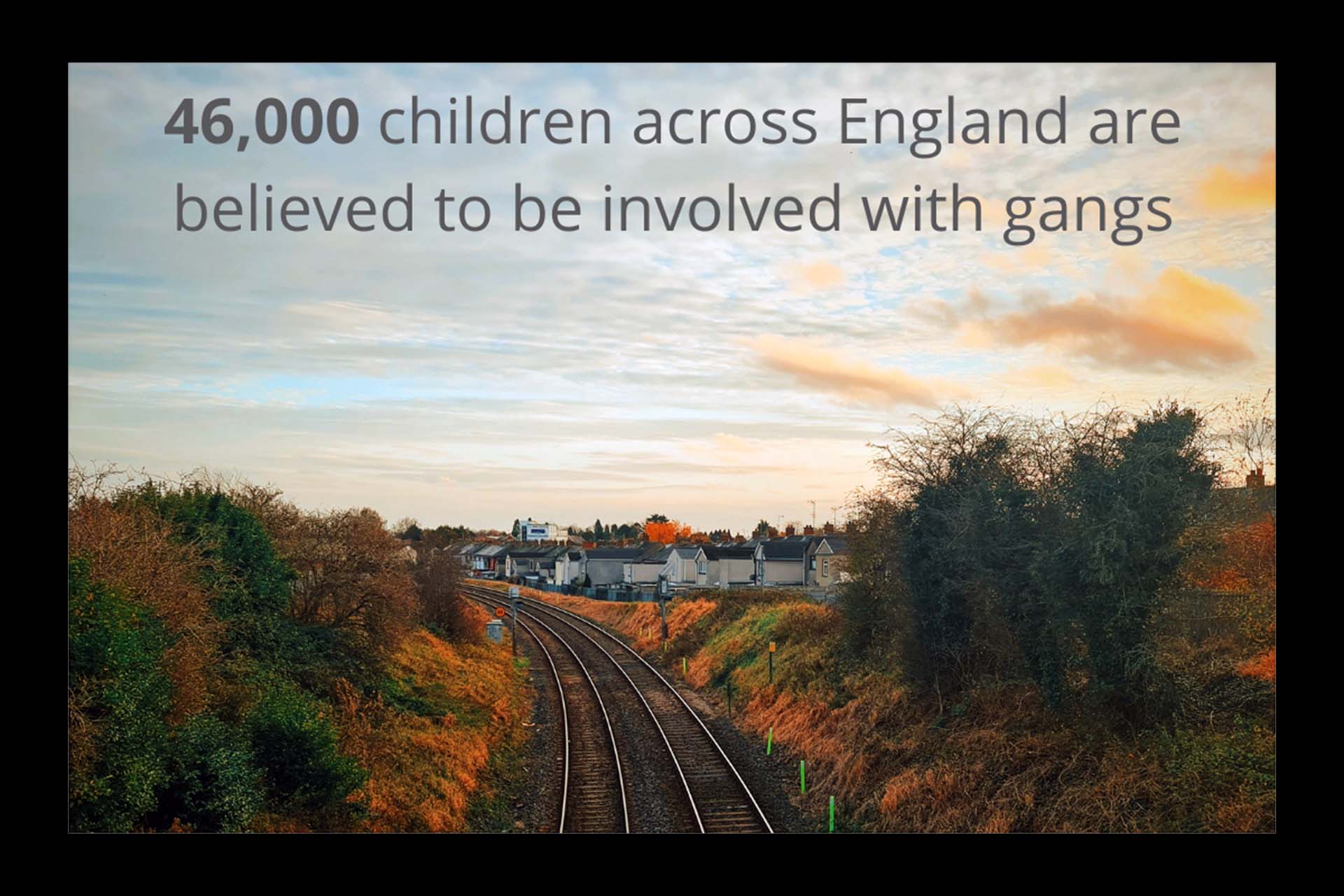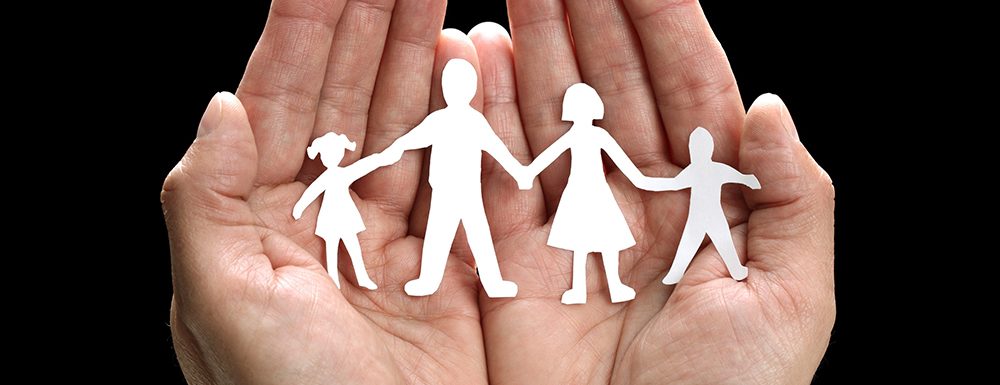
In honour of Child Sexual Exploitation (CSE) Awareness Day 2021, we wanted to shed light on County Lines and the sexual exploitation that is often a resulting factor within these crimes.
What is County Lines?
The term ‘County Lines’ refers to the transportation of illegal drugs across different counties in the UK, often from big cities to smaller towns. A distinctive characteristic of this crime is that children – sometimes even as young as seven1 – are specifically targeted by drug dealers to transport drugs or cash; this allows the dealers to remain detached from the crime taking place and children can operate more easily under the radar of law enforcement. Although the children recruited as runners often don’t see themselves as victims, there is usually a high level of exploitation that occurs. Young people may be groomed by drug dealers to become involved with this criminality, building relationships with them by using coercion, intimidation and violence to keep them working for the gang.
These crimes are rising and affecting growing numbers of children. According to the Children’s Society, it is estimated that 46,000 children across England are thought to be involved in gangs, with 4,000 teenagers being criminally exploited in London alone – though the real number is likely to be much higher. Moreover, 90% of English police forces have seen County Lines activity in their area worsening.2
County Lines and CSE
There is another dark side to this crime: child sexual exploitation (CSE). Although the transportation of drugs remains at the forefront of County Lines, CSE is an associated risk factor that is growing in significance. It is reported to have been used as a means of control, for the gratification of gang members, and even as a service to be sold. A Government report stated that 26% of UK police forces reported clear evidence that CSE was taking place upon investigating County Lines offences, and a further 7% reported that they had strong suspicions it was taking place3. However, as with County Lines generally, the true figure is expected to be far higher.
Research shows that within County Lines, CSE affects girls more than boys. However, sexual exploitation within County Lines still exists for boys. A report by The Children’s Society highlighted that there has been evidence of boys being sexually exploited as a means to humiliate and blackmail them into submission4. Nevertheless, the sexual exploitation of boys within County Lines often goes unreported.
Male gang members frequently groom young girls, making them believe they are in a relationship before going on to pressure them into trafficking drugs and offering them to other gang members for sexual exploitation. For girls looking to escape the exploitation of County Lines, they must also overcome the additional burden of escaping the relationship. Sexual exploitation isn’t just a reality for girls groomed by sinister relationships. For all girls, once they are working for the gang, they too become increasingly vulnerable to sexual abuse by gang members and ‘pimping out’ to people outside of the gang.
How can CSE within County Lines be stopped?
There are two areas where prevention work can be effective in stopping County Lines and associated exploitation. First, we suggest building the capacity of those agencies tasked with safeguarding children and young people. Second, we suggest educating the young people themselves.
Ensuring a strong multi-agency response from local authority departments, such as children’s social care services and community safety teams, schools and police is vital to preventing child exploitation of any kind. Agencies must work to safeguard children and young people who may be vulnerable and at high-risk of being groomed by gangs, and to spot the signs if a child is already being exploited. Information-sharing between these agencies is key for this type of collaboration. Importantly, the information-sharing should extend across regions; children travelling across different parts of the country is the defining feature of County Lines.
Education is also key in the fight against County Lines exploitation. Children who have been groomed often do not realise, and so it is integral that they are taught about healthy relationships and how to recognise the signs of grooming and exploitation. If young people are more aware of what may be happening and able to detect anything abnormal, there is more likelihood that they will step away or seek help. Education is also important for communities who are in contact with children – e.g. parents, carers and teachers – so they can spot the signs of a child who may be sexually or criminally exploited. This will allow increased intervention and more appropriate support.
- For more information about County Lines and child criminal exploitation, visit the National Crime Agency’s website here.
- To learn how to spot the signs and report any potential county lines abuses, see The Children’s Society guidance here.
- If you or someone you know may be a victim of exploitation, please contact the Modern Slavery Helpline here or on 08000 121 700.
2 www.childrenssociety.org.uk/what-we-do/our-work/child-criminal-exploitation-and-county-lines
3 The National Crime Agency, “County Lines Violence, Exploitation & Drug Supply,” National Briefing Report (2017) 1-20
4 The Children’s Society, “Counting Lives: Responding to children who are criminally exploited,” (2019) 1-96
By Gabriella Jiménez


